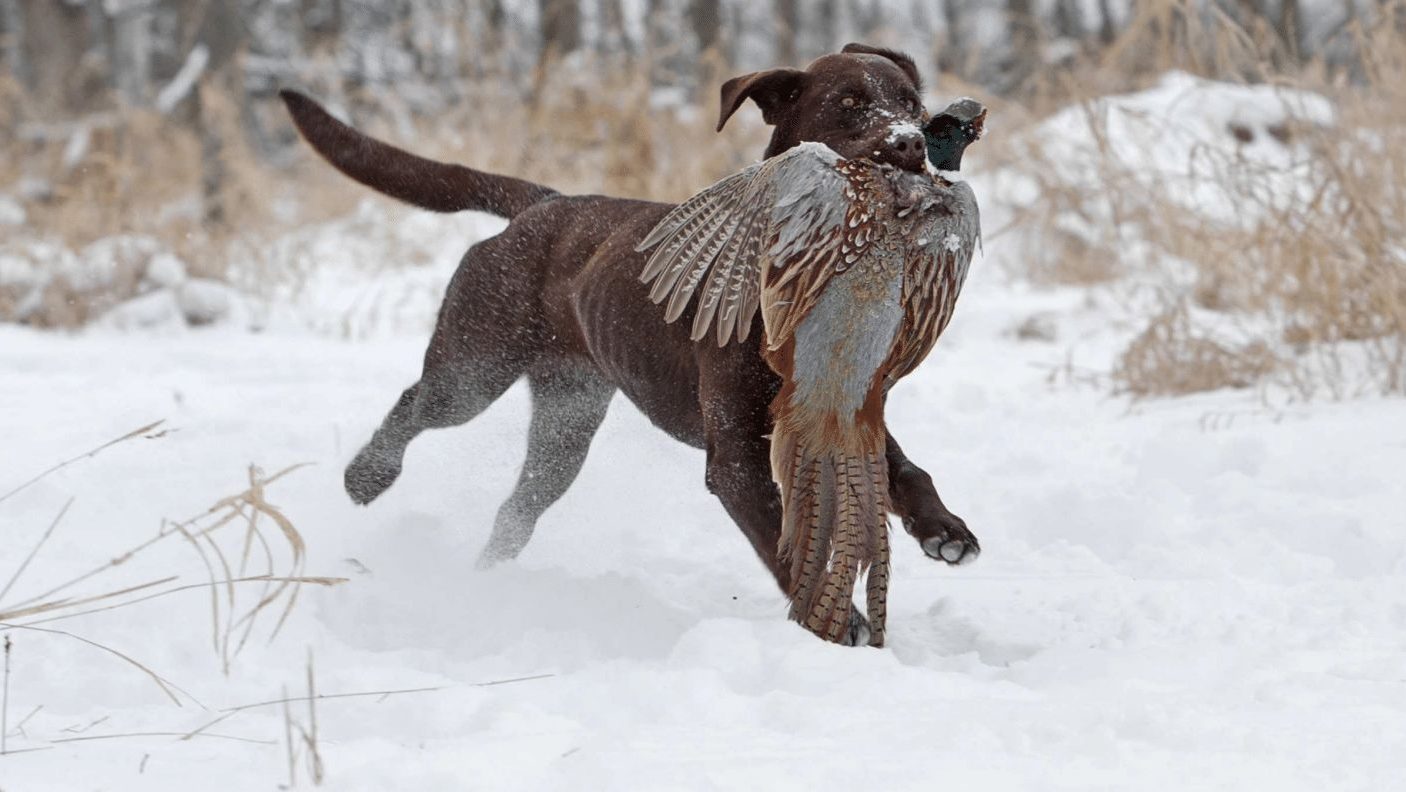The Basics of Gun Dog Obedience

The Basics of Gun Dog Obedience
One of the number one questions people ask me when we’re talking about the puppy they are buying from me is, “When should I start training my pup?”. I quickly respond with, “Now” or “The moment you possess the pup”. Here are the Basics of gun dog obedience.
Another popular question people ask me is, “What should I focus on training my pup?” Without hesitation, I say, “Foundation”.
Jeremy Moore says it this way, “A dog is always learning, so we’re always training.” The bottom line is, we need to be ready to start training our pup the moment we leave the breeder. Our focus needs to be on establishing a solid foundation. If we think we can wait to start training, we’re going to miss out on great opportunities to harness the God-given abilities they have. Similarly, if we wait to train our pups, they will likely develop habits we have to work to undo rather than instill behaviors that produce the results we know they can accomplish.
TIMING
We can neglect what we need to do today if we want to have great outcomes tomorrow. If we want our dogs to be the “best” in the hunt, we need to help them be the “best” before the hunt. Simply put, NOW, is the most important component for THEN. Steadiness in the boat starts with steadiness at the food bowl. A straight-line retrieve begins with consistent recall during potty breaks. Focused obedience in open acres initiates with reliable healing on walks. Harness the everyday moments.
FOUNDATION
We can purchase a dog from a dependable, trusted breeder. We can use the best training tools and strategies to prep our dog for the hunt. But, if we overlook helping our dog establish a solid foundation, we will struggle to see it reach its full potential on and off the field. With a solid foundation, I can build any outcome with my dog. Without a foundation, I think I build frustration and confusion with my dog. Without the end goal, foundation work can be the more “boring” work in training, which makes it tempting to rush, ignore or cheat. With an end goal, foundation work becomes the most “necessary” work in training.
A solid foundation consists of: sit, place, steadiness, healing and recall. All of these elements in our dog’s foundation have levels. When we start at level 1 and win, we can’t think, “Okay, let’s go do gun dog drills and then go hunting tomorrow.” Nope, we move on to level two and keep building. I follow the rule of 5’s before I move from one “level” to the next.
RULE OF 5’S
This rule helps us keep from cutting corners or rushing training. The idea is to help our dog win five times with a particular drill/session before we change it up or increase its intensity. This rule also helps keep us accountable for challenging our dogs and helping them increase their abilities. For example, a great time to work on steadiness and sit with a pup is during feeding. If my pup won’t let me put the food bowl on the ground without charging at it, I hold their collar as I put the food bowl down then I put one hand on their chest and the other on their rear and give them the sit command. I help them stay in that position for a couple of seconds. This practice might only take five feedings before I can take my hand off their rear, or it might take five days. We have to use discernment. Remember, the dog needs to win five times – we might have to be patient. If the dog is struggling to win, we need to ask, “What can I change?” or “How can I set them up to win?” We have responsibility in their success and failures, so if they aren’t winning, it’s likely because what we’re asking of them is too much or we’re missing a piece of the puzzle.
MORE THAN FOUNDATION
It’s my philosophy, to incorporate my gun dog training drills into my foundation work. Foundation work is the starting point and always a key component in our drills. There is not a timeline people can follow that’ll tell them when to start implementing more gun-dog-specific drills. Foundational obedience will help dictate that. Secondly, the seasons kind of help dictate when we start implementing more gun-dog-specific drills. For example, I’m training a yellow lab pup right now. She was five months old when hunting seasons opened this last fall. I released myself from any pressure to get her out in the field. Instead, I focused on strengthening her foundation with the focus of gun dog training this spring/summer so she’s ready to hunt next fall.
TOOLS
Before I share some tools I find helpful when training a gun dog, I want to clarify that anyone can train their own dog, it simply requires discipline, time and a willingness to ask questions and learn. Here are a few of my go-to tools: pealess training whistle, place training cot, adjustable leader, training bag (to carry your supplies), dummies (I prefer canvas), bird launchers (when training pointers), cap gun (for gun intro), birds, wings and feathers (putting tennis balls in feathers, provides a cheap way of adding scent for training). These tools can be invaluable to building the basics.
by Kyle Dana
January 2024
Here is this month’s digital version of the Iowa Sportsman
Or if you were looking for our Cattle/Dairy side of things


